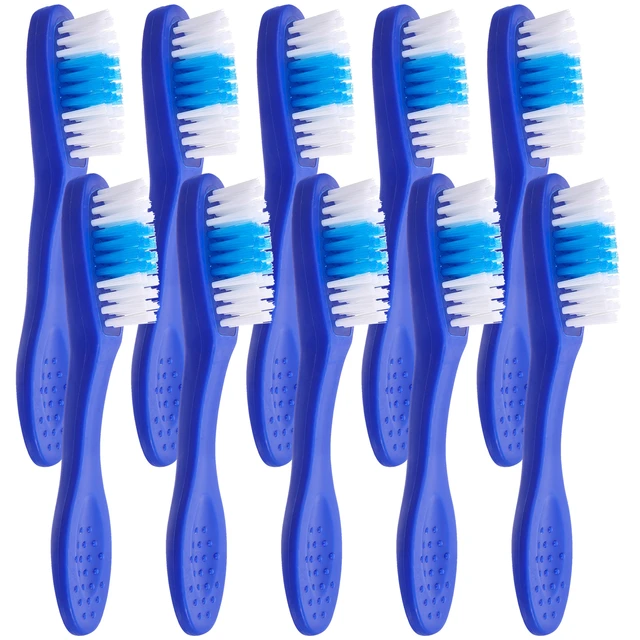Introduction:
Understanding the lifespan of COVID-19 on surfaces, including personal items such as toothbrushes, is critical for maintaining hygiene and preventing the spread of the virus. This comprehensive guide explores the survival duration of COVID-19 on toothbrushes, the factors influencing its longevity, and the best practices for disinfecting and storing toothbrushes to ensure safety.
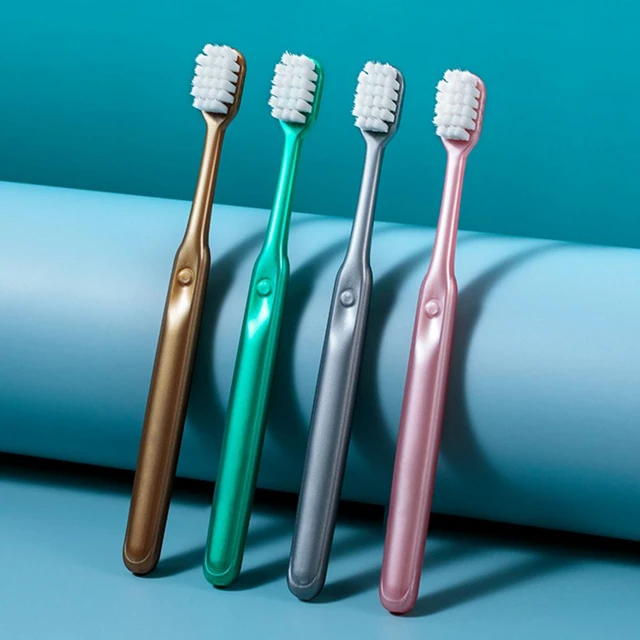
How Long Does COVID Live on a Toothbrush:
What Precautions Should You Take?
Survival Duration:
How Long Can COVID-19 Live on a Toothbrush?
COVID-19, caused by the SARS-CoV-2 virus, can survive on various surfaces for varying lengths of time. Research has shown that the virus can remain viable on plastic and stainless steel for up to 72 hours, but the exact duration on a toothbrush specifically is less clear due to limited data. However, it is reasonable to assume that COVID-19 could potentially survive on a toothbrush, which is often made from plastic and nylon, for a similar duration.
Factors Influencing Survival:
What Affects the Longevity of COVID-19 on a Toothbrush?
Several factors can impact how long COVID-19 survives on a toothbrush. Understanding these factors helps in adopting appropriate hygiene practices.
Material Composition:
Plastic and Nylon: Toothbrushes are typically made of plastic handles and nylon bristles. These materials can provide a surface for the virus to survive, potentially for up to 72 hours, similar to other hard plastic surfaces.
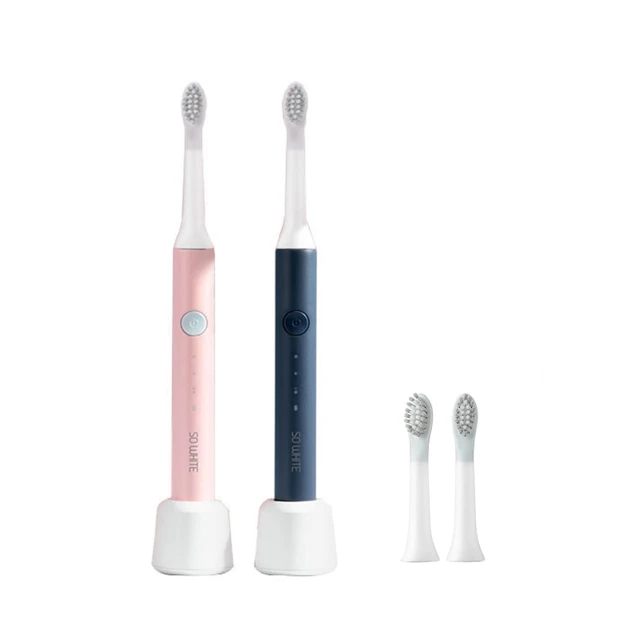
Environmental Conditions:
Temperature and Humidity: The virus’s survival time can be influenced by environmental conditions. Higher temperatures and lower humidity levels tend to reduce the virus’s viability, whereas cooler temperatures and higher humidity can prolong its survival. Bathrooms, where toothbrushes are commonly stored, often have varying humidity levels that can impact virus longevity.
Microbial Competition:
Presence of Other Microorganisms: The presence of other microorganisms, such as bacteria and fungi, on a toothbrush can create a competitive environment, potentially reducing the survival time of the virus. However, this factor alone should not be relied upon for disinfection or safety.
Frequency of Use:
Regular Use: Frequent use of a toothbrush can introduce saliva and other biological materials that might affect the virus’s survival. However, this also increases the risk of spread if the virus is present on the toothbrush.
Proper Disinfection:
How to Disinfect Your Toothbrush?
To ensure the safety of your toothbrush and reduce the risk of COVID-19 transmission, follow these disinfection and hygiene practices.
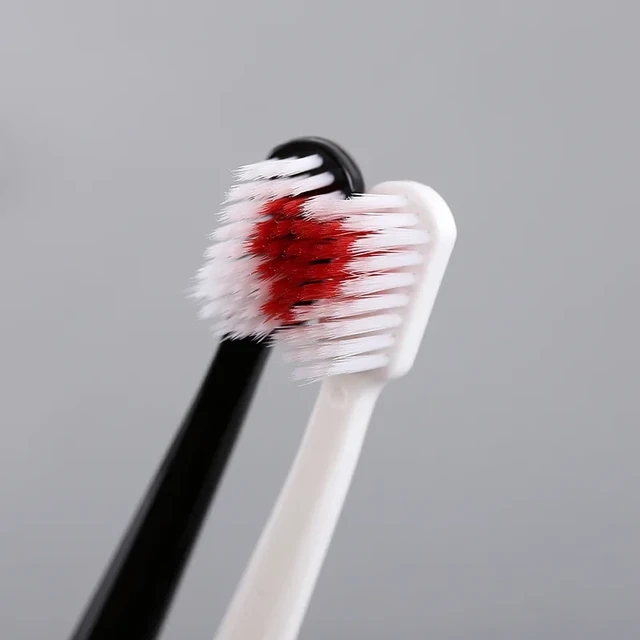
Regular Cleaning:
Hot Water Rinse: Rinse your toothbrush thoroughly with hot water after each use. Hot water helps remove debris and can kill some microorganisms, reducing the potential viral load.
Soap and Water: For a more thorough cleaning, use soap and water to clean the toothbrush handle and bristles. Ensure all soap is rinsed off completely to avoid mouth irritation.
Periodic Disinfection:
Hydrogen Peroxide: Soak your toothbrush in a solution of 3% hydrogen peroxide for a few minutes. Hydrogen peroxide is effective against a variety of microorganisms, including viruses.
Mouthwash: Antimicrobial mouthwash can also be used to disinfect a toothbrush. Soak the toothbrush in mouthwash for several minutes before rinsing it thoroughly with water.
UV Sanitizers:
UV-C Light: Consider using a UV-C light sanitizer designed specifically for toothbrushes. UV-C light has been shown to kill viruses and bacteria by disrupting their genetic material. Follow the manufacturer’s instructions for effective use.
Storage Practices: How to Store Your Toothbrush Safely?
Proper storage of your toothbrush is essential to minimize contamination and maintain hygiene.
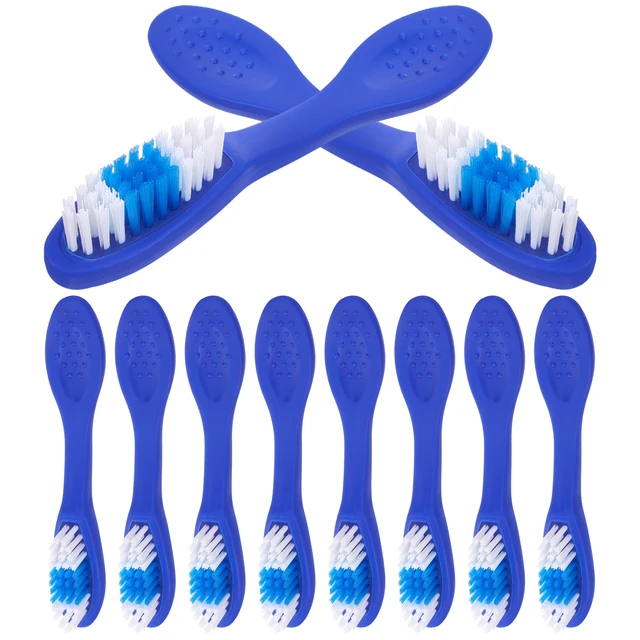
Keep It Dry:
Upright Position: Store your toothbrush in an upright position to allow it to air dry between uses. A dry environment is less conducive to microbial growth.
Ventilated Holder: Use a ventilated toothbrush holder to ensure adequate air circulation. Avoid storing your toothbrush in a closed container where moisture can accumulate.
Separate Storage:
Individual Holders: Store each family member’s toothbrush separately to avoid cross-contamination. Ensure that toothbrushes do not touch each other to reduce the risk of spreading microorganisms.
Travel Cases:
When traveling, use a case that allows air circulation. Clean and dry the case regularly to prevent microbial growth.
Replacement Frequency: How Often Should You Replace Your Toothbrush?
Regular replacement of your toothbrush is a critical practice for maintaining oral hygiene and reducing contamination risks.
Every Three Months: Dentists recommend replacing your toothbrush every three months, or sooner if the bristles become frayed. A worn-out toothbrush is less effective at cleaning and may harbor more microorganisms.
After Illness: Replace your toothbrush after recovering from an illness, including COVID-19, to ensure any remaining pathogens are not reintroduced to your body.
Preventive Practices:
What Additional Precautions Can You Take?
Adopting additional hygiene and preventive measures can help further reduce the risk of COVID-19 transmission through your toothbrush.
Hand Hygiene:
Before and After Brushing: Wash your hands thoroughly with soap and water before and after brushing your teeth. This minimizes the risk of transferring viruses from your hands to your mouth or toothbrush.
Sanitizing Station: Consider setting up a small sanitizing station with hand sanitizer near your dental hygiene supplies. This provides a convenient way to clean your hands if soap and water are not immediately available.
Avoid Sharing:
Personal Use Only: Never share your toothbrush with anyone, including family members. Sharing can increase the risk of spreading viruses and bacteria.
Labeling: Label each toothbrush with the owner’s name to prevent accidental sharing, especially in households with multiple members.

Oral Hygiene Routine:
Comprehensive Care: Maintain a comprehensive oral hygiene routine that includes brushing twice a day, flossing, and using mouthwash. This helps reduce the overall microbial load in your mouth.
Healthcare Insights:
What Do Experts Say About Toothbrush Hygiene During COVID-19?
Expert guidance provides valuable insights into effective toothbrush hygiene practices during the pandemic.
CDC Recommendations:
Hand Washing: The Centers for Disease Control and Prevention (CDC) emphasizes the importance of thorough hand washing as a key preventive measure against COVID-19. This practice should extend to dental hygiene routines.
Disinfection Guidelines: Following general disinfection guidelines, including those for high-touch surfaces and personal items, can help reduce the risk of viral transmission. Apply these principles to your toothbrush care routine.
Dental Professionals:
Oral Health Impact: Dental professionals highlight that maintaining good oral hygiene is crucial, as poor oral health can impact overall health and potentially exacerbate conditions like COVID-19.
Regular Check-ups: Scheduling regular dental check-ups ensures that any issues are addressed promptly and that you receive personalized advice on maintaining oral hygiene during the pandemic.
Additional Tips:
How to Enhance Toothbrush Hygiene and Safety?
Incorporating a few additional tips can further improve your toothbrush hygiene and safety practices.
Post-Brushing Mouth Rinse:
Antiseptic Mouthwash: Rinse your mouth with an antiseptic mouthwash after brushing. This can help reduce the microbial load and improve overall oral hygiene.
Diluted Hydrogen Peroxide: Consider using a diluted hydrogen peroxide solution as a mouth rinse. Consult with a healthcare professional for the appropriate concentration and usage guidelines.
Conclusion
COVID-19 can potentially survive on a toothbrush for up to 72 hours, similar to its longevity on other plastic surfaces. Several factors, including material composition and environmental conditions, influence the virus’s survival time. Proper disinfection, storage, and regular replacement of your toothbrush are essential practices to reduce the risk of viral transmission and maintain oral hygiene. Expert recommendations and additional preventive measures can further enhance safety and hygiene. By following these best practices, you can effectively mitigate the risk of COVID-19 transmission through your toothbrush and ensure better overall health.

